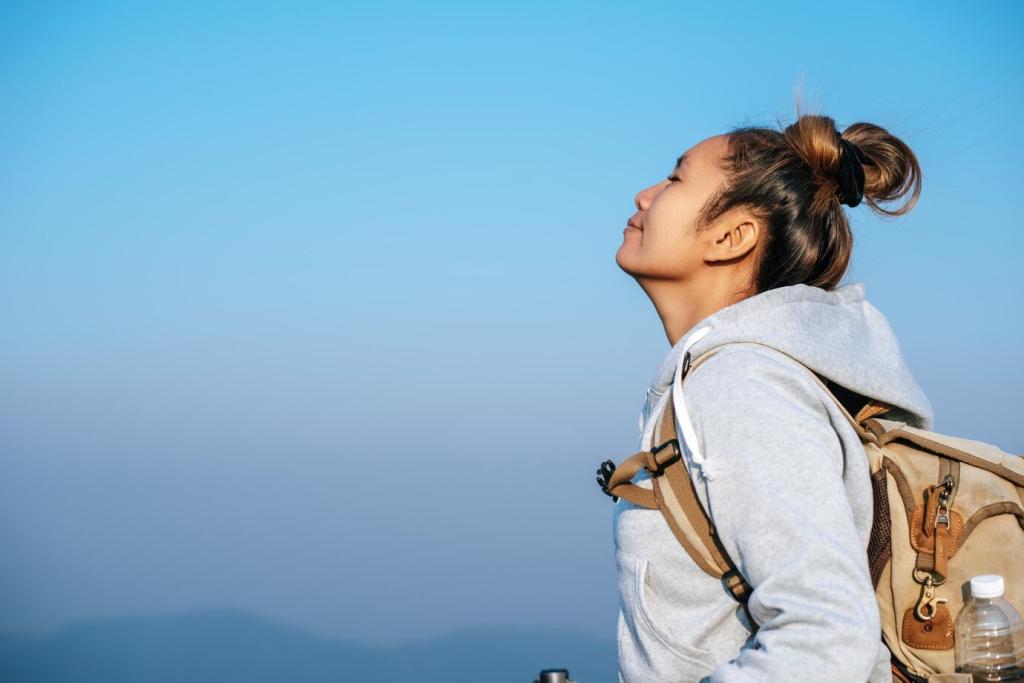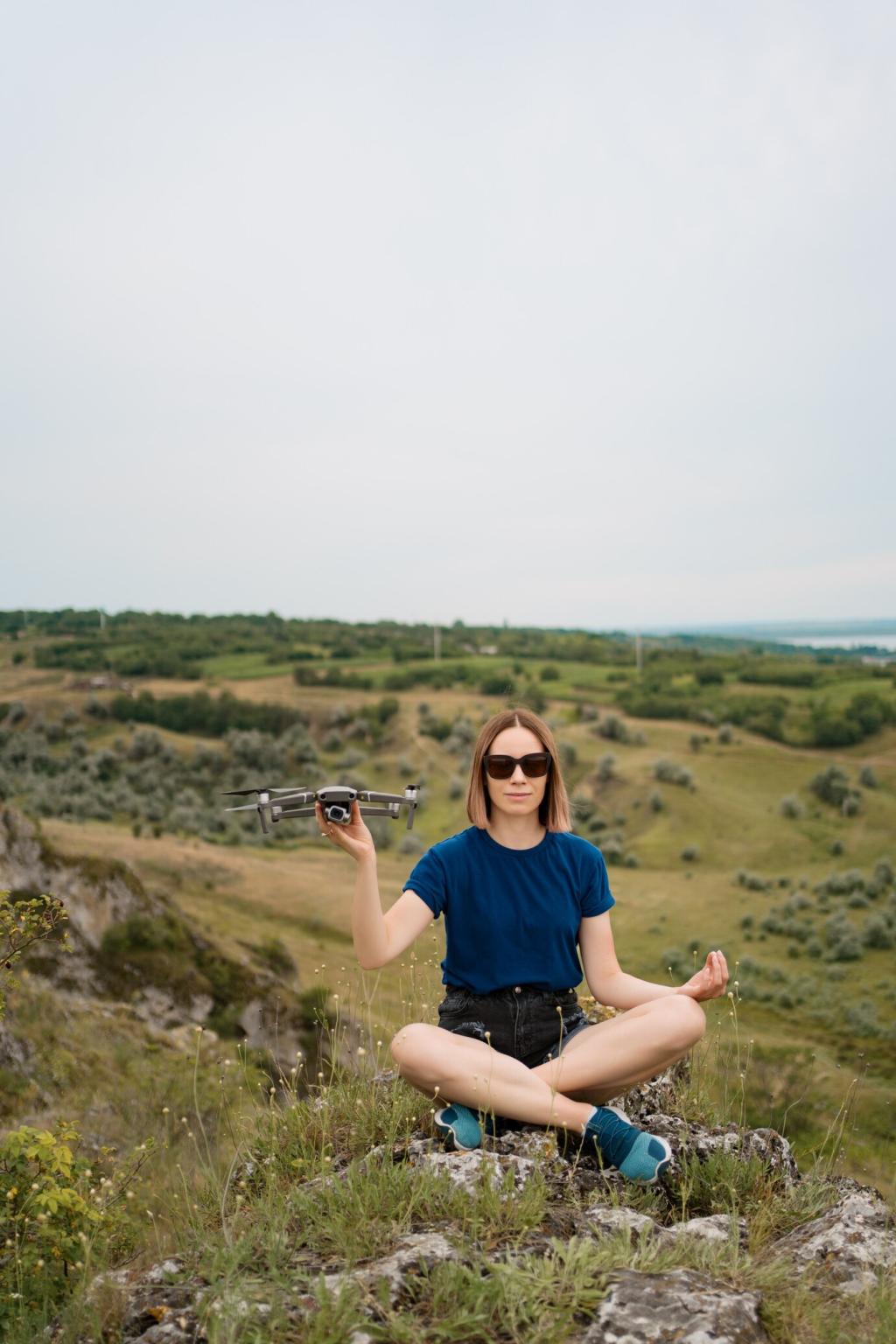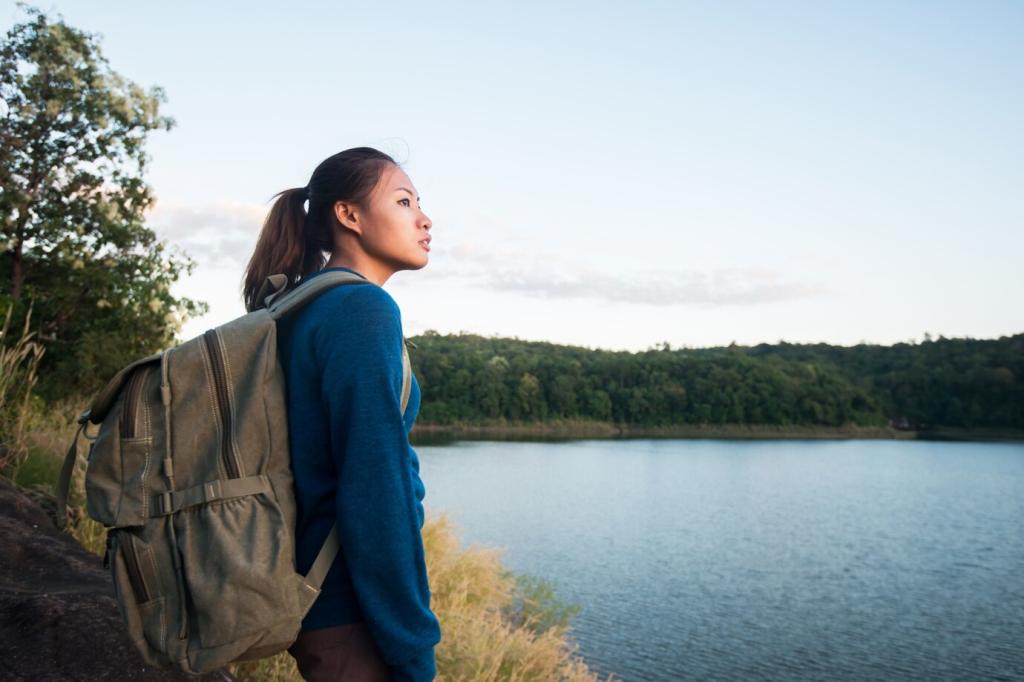Rest Well on the Road: Sleep Hygiene Tips for Travelers
Chosen theme: Sleep Hygiene Tips for Travelers. Discover practical, science-backed ways to protect your sleep while you cross time zones, swap hotel pillows, and chase new horizons. Join our journey, share your rituals, and subscribe for weekly travel-sleep insights.
Your Body Clock, On The Move
Why Your Internal Clock Matters When You Travel
Your circadian rhythm orchestrates hormones, temperature, and alertness, so disrupting it can sap energy and mood. A marketing lead once told us a Lisbon meeting felt foggy until she shifted her schedule two days early. Share your time-shift wins below.
The 1-2-3 Pre-Trip Shift Strategy
Three days before departure, nudge bedtime and wake time by about one hour each day toward the destination zone. Pair the shift with morning light exposure and earlier meals. Comment if you want a tailored plan for your route.
Anchor Sleep: Your Nighttime North Star
Even if your schedule is chaotic, protect a core window of four to five hours centered on your destination’s night. This anchor sleep stabilizes your rhythm and reduces grogginess. Tell us your ideal anchor window and how you guard it.
Light: The Strongest Jet Lag Tool
Advance or Delay with Targeted Light
To fall asleep earlier at your destination, get bright morning light and avoid late-night glare. To delay, flip the script: seek evening light, block early light. A simple pair of sunglasses can become a powerful circadian steering wheel.

Silence, Cool, and Comfort: Mastering the Sleep Environment
01
Noise Control for City Nights and Thin Walls
Pack soft foam earplugs and a white noise app to mask hallway chatter or traffic. In Bangkok, one reader layered earplugs with a fan noise track and finally drifted off. What sounds soothe you in strange rooms? Share your playlist below.
02
Cool Rooms Sleep Deeper
Aim for around 18 to 19°C, or about 65°F. Cooler air supports melatonin and slow-wave sleep. Set the thermostat, close heavy curtains, and move the desk lamp away from the bed. A small change in temperature can transform your night.
03
Make the Bed Feel Familiar
Bring a pillowcase from home or a small travel blanket to add known scent and texture. Untuck tight sheets to reduce foot pressure, and stack pillows to support your preferred posture. Tell us your favorite comfort hack for instant coziness.


Smart Fueling: Caffeine, Alcohol, and Meals
Caffeine’s half-life is about five to six hours, so stop intake at least eight hours before your target bedtime. Choose decaf or herbal tea after lunch. If you need a boost, take a short walk instead of an evening espresso shot.
Smart Fueling: Caffeine, Alcohol, and Meals
Drinks may knock you out but fragment sleep, suppress REM, and spike awakenings. Cap intake to early evening, hydrate, and skip the nightcap. One traveler halved jet lag by swapping wine for sparkling water with lime on arrival night.
Routines That Travel: Movement and Wind-Down
After landing, take a twenty-minute walk to daylight and circulation. Gentle activity boosts adenosine and mood. A reader in Tokyo swears by stair climbs at sunset to stay awake until local bedtime. What is your go-to landing routine?
Routines That Travel: Movement and Wind-Down
Try four cycles of box breathing: inhale four, hold four, exhale four, hold four. Or use the 4-7-8 method to calm pre-sleep jitters. Pair with dim lights and soft music, then tell us which pattern relaxes you fastest.
Routines That Travel: Movement and Wind-Down
Gently release neck, hip flexors, and calves for five minutes before bed. Slow, comfortable stretches reduce restlessness and encourage deeper sleep. Snap a note about your favorite hotel-room stretch flow so others can benefit too.
Naps, Melatonin, and Strategic Timing
Limit naps to twenty to thirty minutes, ideally before midafternoon, to restore alertness without sleep inertia. Set an alarm, darken your eyes, and rise to daylight. Share where you find perfect nap spots in airports or quiet lounges.

Naps, Melatonin, and Strategic Timing
Consider a low dose, often 0.5 to 1 mg, at local evening to cue your clock. Use for a few nights, then taper. Consult a clinician if you have medical conditions. Tell us what timing helped you settle faster after long-haul flights.
Digital Boundaries and Wind-Down Rituals

Set a device sunset one hour before bed. Activate blue-light filters and move chargers away from the pillow. Replace doomscrolling with a short podcast or paper pages. Tell us your favorite offline wind-down that never fails on the road.
Join our mailing list
